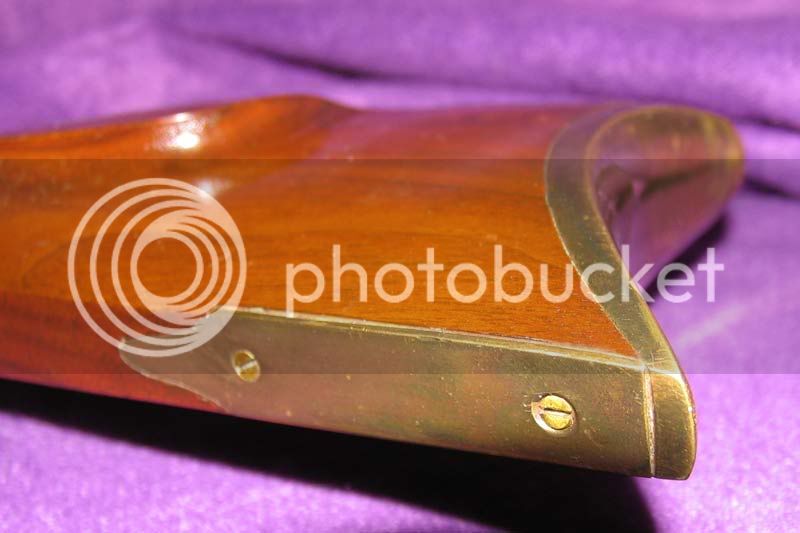- Joined
- Feb 9, 2015
- Messages
- 3,065
- Reaction score
- 1,039
I'm starting this topic because I would like to add a toeplate on a kit TC Hawken. Fred had started a topic earlier about how he reshaped the stock on his Kit TC Hawken. I had made the comment that I would like to add a toeplate on one of mine. Didn't want to highjack his topic anymore than I had so I'm starting this one.
First off, my wood working skills suck! I do envy you Gun Building guy's. I will admit that I think I did a pretty good job on my TC kit rifle though! I know it's pretty basic stuff.
To my question: I would like to add a toeplate but do not own chisels. I want to add the toeplate without ruining the finish that I already have on the stock. This rifle already has a sling installed as well.
Fred mentioned putting the sling stud through the toeplate earlier on his topic. I would like Fred or someone to maybe expand on this.
I want to inlet the toeplate with the basic tools that I have. My skills in this area are minimal at best!
I would appreciate some detailed guidance.
Respectfully, Cowboy
First off, my wood working skills suck! I do envy you Gun Building guy's. I will admit that I think I did a pretty good job on my TC kit rifle though! I know it's pretty basic stuff.
To my question: I would like to add a toeplate but do not own chisels. I want to add the toeplate without ruining the finish that I already have on the stock. This rifle already has a sling installed as well.
Fred mentioned putting the sling stud through the toeplate earlier on his topic. I would like Fred or someone to maybe expand on this.
I want to inlet the toeplate with the basic tools that I have. My skills in this area are minimal at best!
I would appreciate some detailed guidance.
Respectfully, Cowboy







